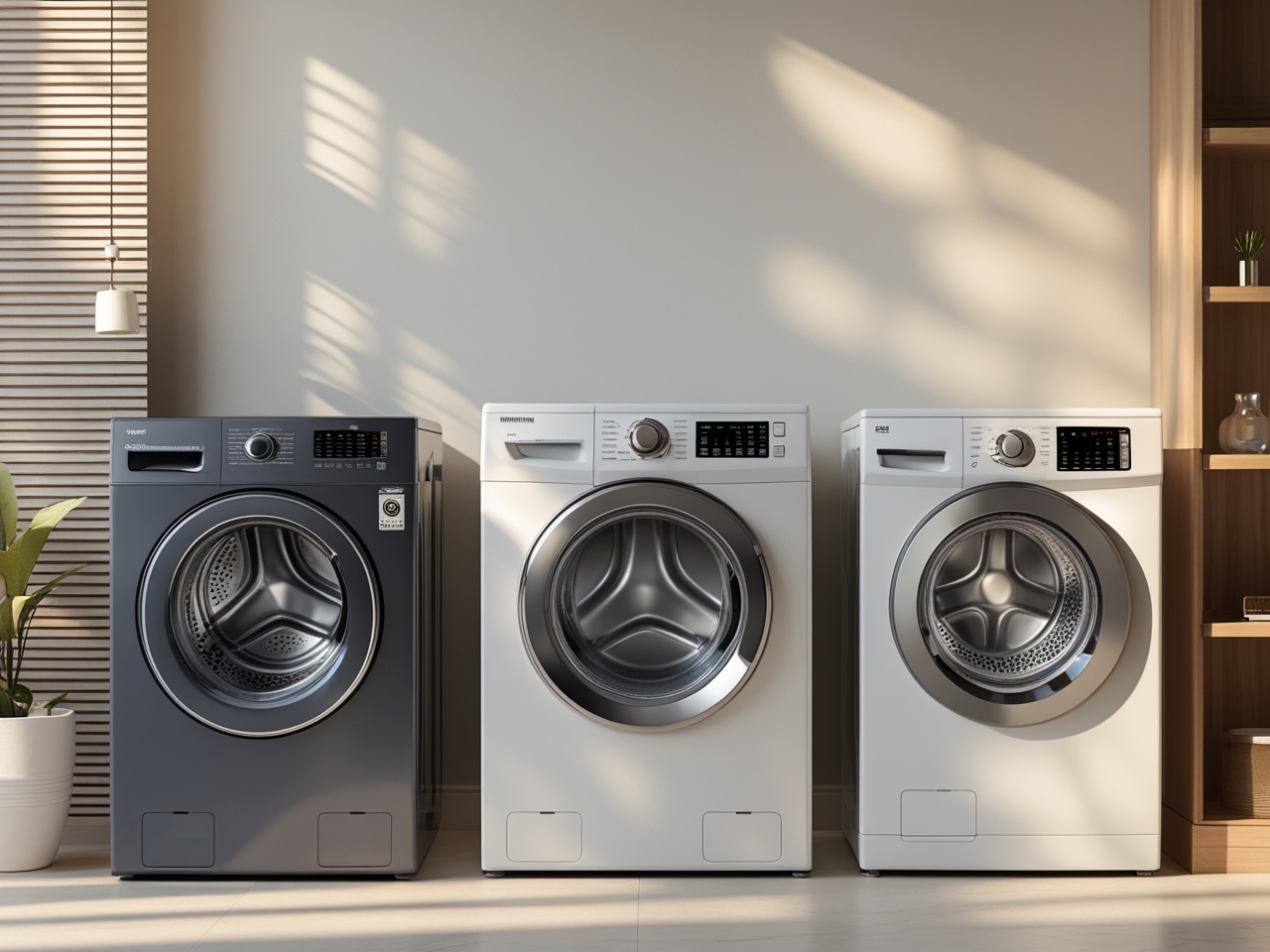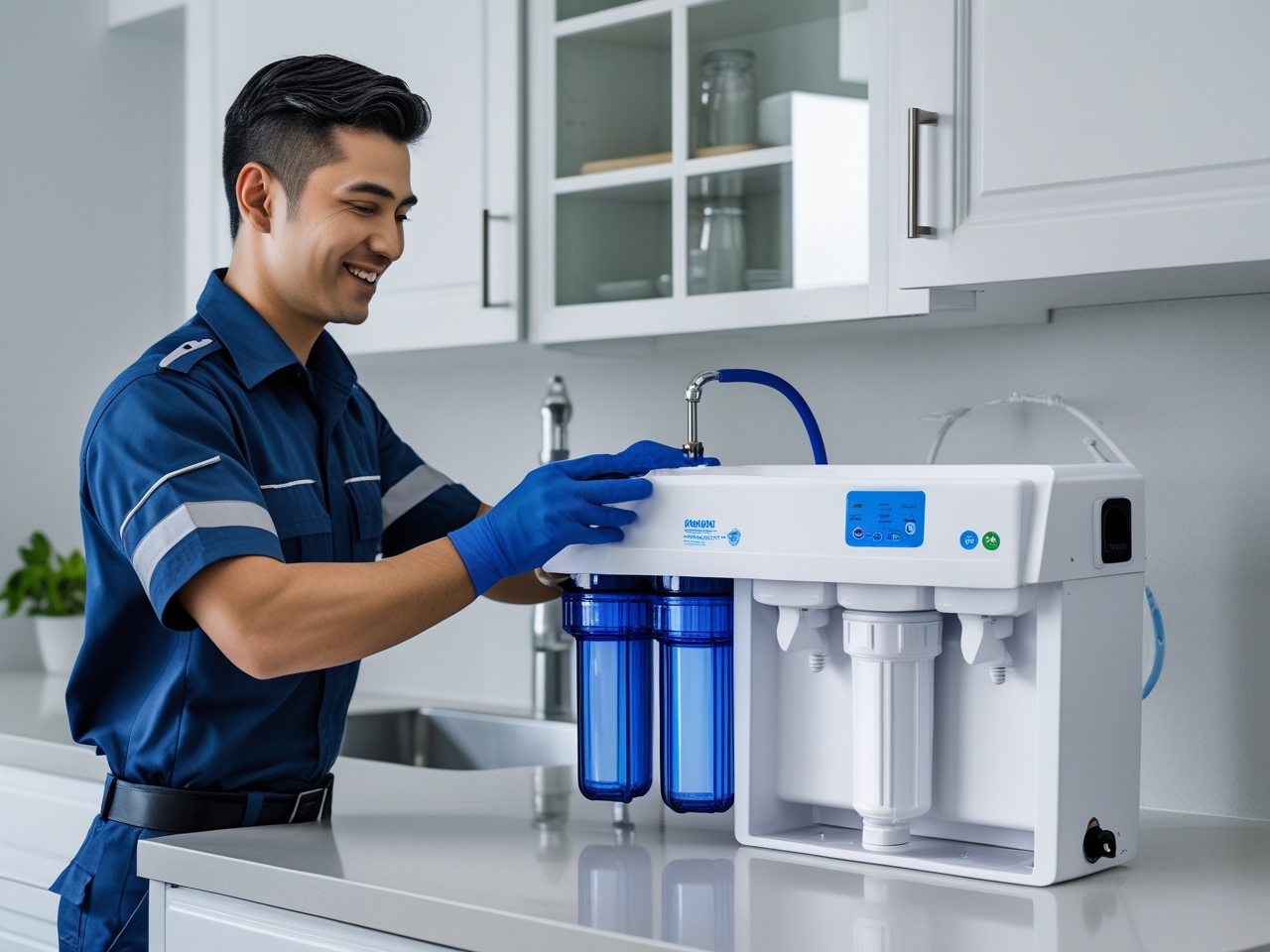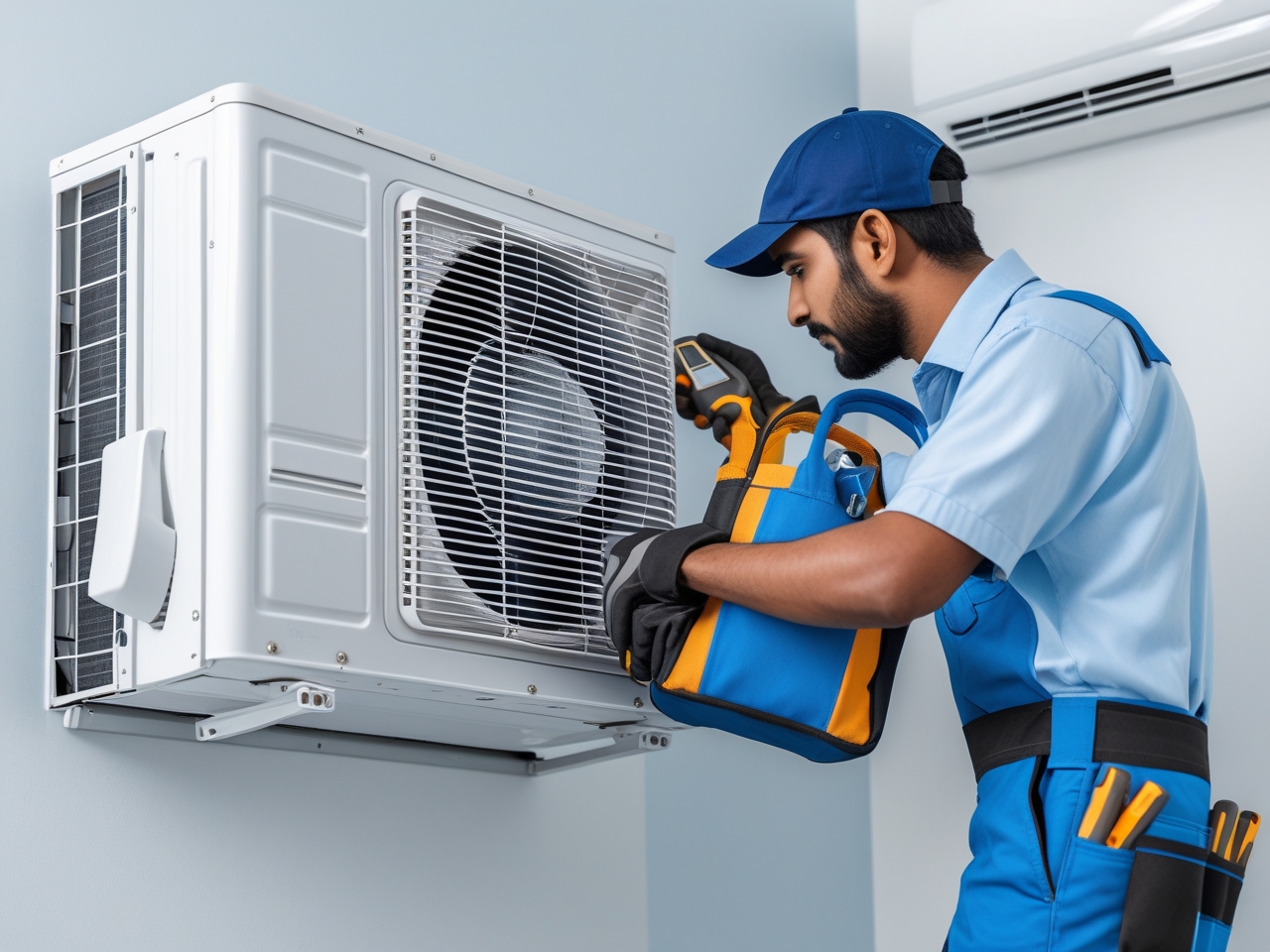In India, the most common methods used to obtain safe drinking water are reverse osmosis (RO) and ultraviolet (UV) purifiers.
But which of the two is the better option?
The majority of consumers are ignorant of the differences between the two ways of filtration. Because of this misunderstanding, We’ve seen customers end up with the wrong water filter.
We will not allow you to make this same mistake. This detailed guide to the differences between RO repair in chandigarh and UV water purifiers will help you select the best option for your home.
Usage
In India, industrial waste has contaminated many underground water supplies. They also have a high TDS level, making the water unsafe to drink.
When it comes to removing high TDS, the reverse osmosis system is very effective. As a result, the water’s hardness is reduced, making it suitable for everyday use. UV filters, on the other hand, are not suggested for well water since they cannot alter the TDS.
Maintenance
When it comes to purifying systems, maintenance is an important element of the process. Several electrical components must be serviced on a regular basis to ensure optimal functioning.
Furthermore, dust gets into the filters in India’s polluted environment, reducing their effectiveness. Furthermore, most UV filters need light replacements, which can be expensive. However, because this maintenance is rarely done on a regular basis, it is quite inexpensive. Reverse osmosis, on the other hand, requires cartridge and membrane changes, which can be costly. Although both purifiers require regular maintenance, RO purifiers have a greater maintenance expense.
Cost
UV purifiers are often inexpensive in terms of cost. The cost-effective way is for people on a low budget who require a microorganism free purified water. Reverse osmosis systems, on the other hand, are two times more expensive than UV filters due to their multi-scale performance. Furthermore, RO systems typically have five to six purification stages. The additional filters also entail higher maintenance costs. However, because of their exceptional efficiency and effectiveness, RO filters are still worth the money.
Consumption of Energy
UV and RO purifiers are both powered by electricity. When not in use, most RO purifiers have an energy-saving option that turns the system off.
It’s also important to remember that RO purifiers Service in Panchkula use energy to increase water pressure. This boost is required to force water across the membrane, which removes contaminants. UV, on the
Duration of purification
Even for water purifiers, time is important. You cannot wait hours for the water to be treated. If your household uses a lot of water on a daily basis, this is something you should consider. UV filters deliver water in significantly shorter time due to the difference in purification steps. Reverse Osmosis, on the other hand, filters water via numerous stages, each of which takes its own time to clean.
Wastage
UV purifiers do not usually come with a storage tank. That means you’ll have to manually fill pots or bottles of water each time. A storage tank with a volume of five to fifteen litres, depending on the model, is standard in RO systems. It has an ample storage room to keep purified water for the entire day.
So these were few of the differences between RO and UV purifiers. We hope this will help you select the right water purifier for your requirement.




